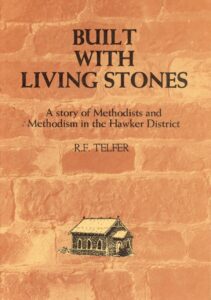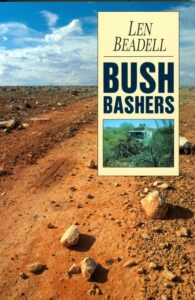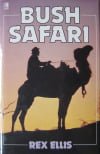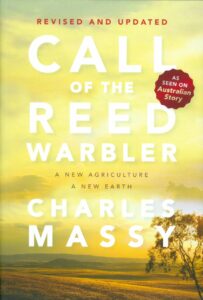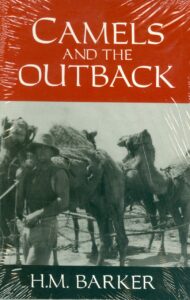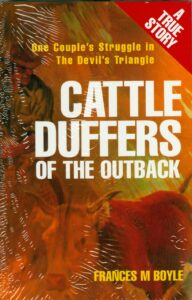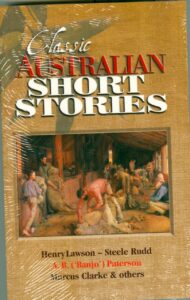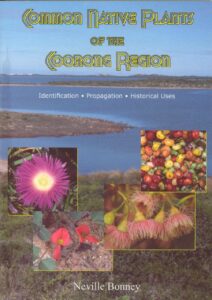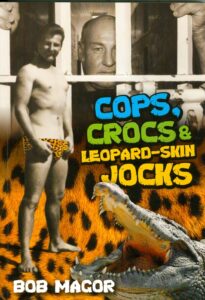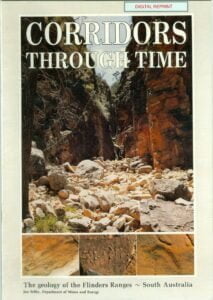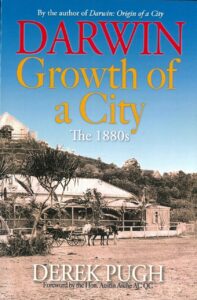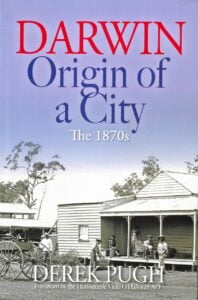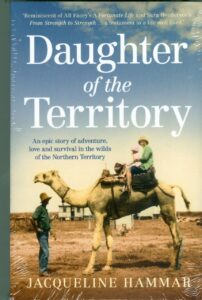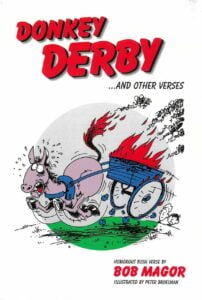Shop
A story of Methodists and Methodism in the Hawker District. RF (Bill) Telfer wrote this book for the Centenary of the opening of the large stone church in Fifth St (now Cradock Rd) Hawker in 1884, as the centre of worship for the Wesleyan Methodists.
Read MoreWorking In all weathers, the Bush Bashers of Len Beadell’s ‘Gunbarrel Road Construction Party’ built a network of roads stretching 8500 kilometres across almost unknown wilderness In Central Australia. In this book, Len Beadell tells the story of his second road across Australia which was driven 1600 kilometres from east to west, from South Australia…
Read MoreRex Ellis’s safaris are not only humorous, danger and excitement can also be part of them. In 1971 he took the first tourist party across the Simpson Desert.
Read MoreCall of the Reed Warbler will change the way we farm, eat and think about food. In this groundbreaking book Charles Massy explores regenerative agriculture and the vital connection between our soil and our health.
Read MoreThis is an engrossing tale of mayhem, villiany and pillage. What is most shocking about this book is that it is not fiction. It is the story of one family’s struggle for survival on a cattle station in far north Queensland. The chronicle – a relentless unfolding of events over 6 years – tells of cattle duffing, organised harassment, victimisation, arson, corruption in local and state politics, and bent police.
Read MoreDrawn from the late 19th to the early 20th centuries, all the stories in this collection in some way capture the spirit of the young Australian nation. Some are the humorous, others stack, even horrifying, but all are entertaining and in some way add to the picture of Australia’s gradually emerging national character.
Read More
It combines descriptions of some of the more common plants found in this region of South Australia with information about historical uses as foot or material, by the original inhabitants and by European settlers, as well as some of the techniques for propagating these plants.
Read MoreThe striking landforms of the Flinders Ranges have fascinated people since they were first observed by Aborigines many thousands of years ago. Aborigines believe that ancestral beings created the features of the landscape during their travels in a mythical period often referred to as the ‘Dream time’. During this time the religious and other beliefs of Aboriginal society were laid down by the ancestors. The physical features of the landscape are proof of the ancestors’ activities and reinforce the association between Aboriginal law and the land.
Geological studies have revealed that the rocks which form the ranges were originally deposited as sediments between about 1000 and 500 million years ago. They bear a record of ancient environments and life forms belonging to a period in Earth’s history which lasted for hundreds of millions of years.
Subsequent erosion has exposed these rocks and allowed geologists to probe their secrets. The gorges in particular, once the subject of Dreamtime legends and visited today by countless tourists, provide pathways through the rock sequence which reveal their history-corridors through time.
This book tells the story of the geological history of the Flinders Ranges; of the ancient environments and life forms; of the forces which built the mountain chain; and of the processes which have shaped what is now one of the world’s great geological monuments.
The 1940s and 1950s were golden years for kids growing up in the Australian countryside, before TV and computer games claimed the attention of many current generations?
Read MoreBob Magor started life in the picturesque hills surrounding Myponga on the Fleurieu Peninsula of SA. Like most residents in this intensive dairy farming area he was born with cow manure in his veins. Most of his neighbours were convinced that he had the masculine version of the same stuff in his head when he broke the mould around 1989 to become a bush poet.
Being a sharing and caring husband he left his wife Beryl chasing sheep and delivering calves while he went lairising and travelled the festival circuit around Australia promoting himself and bush poetry. She’s not sure how he got away with it. It paid off (and his marriage survived as Bob cemented himself as one of the top contemporary bush poets in the country.
Read MoreThe 1880s started with a boom in Palmerston and the Top End. South Australian investors flocked to put their money into gold mines, sugar and coffee plantations, and the pastoral industry. Cattle stations bigger than a British county were carved out of the bush. The Overland Telegraph Line stretched across the continent, and the Top End was alive with Aborigines, explorers, agriculturalists, pastoralists, and reef miners. Then came the railway builders, pearl divers, Chinese ‘Coolies’, and ‘misfits, missionaries and mercenaries’.
The story of Palmerston (Darwin) and the Top End in the 1880s is a story of murder and mayhem, fortunes won and lost, challenges taken up, tragedies unfolded, and golden opportunities grasped by extraordinary men and women. It was they who began to turn this remote area of Australia into what it is today, and they who forged a new Australian identity – that of the ‘Territorian’.
Read MoreA crocodile pulls a sleeping man into the river by one leg. Another breaks the neck of a swimming policeman. An out-of-luck miner drowns himself in the town’s well. Once called Palmerston, the City of Darwin began in the 1870s. Darwin was a pioneer’s paradise; sometimes as exciting as it was dull; full of potential but, too often, dangerous. Not everyone survived. The first settlers arrived in January 1870, to find very little other than surveyed blocks of bushland sold to distant investors. It was a colony made from scratch, with little tangible reason for its existence until the Overland Telegraph Line came through from London and joined Australia to the rest of the world. Then gold was discovered, and hopeful miners rushed north from all over the country. Most went home disappointed; but only if they survived the privations of the bush and the distraction of the pubs. Then the government brought in Chinese ‘Coolie’ workers – and they kept coming, gold dust shining in their eyes, until, by the end of the decade, there were ten times as many Chinese as European settlers, and Chinatown was the most vibrant part of the settlement. Known as Palmerston until it was renamed in 1911, Pugh brings the early colony to life once again, through this delightful and colourful account of Darwin’s fascinating, unique early history, and the extraordinary characters who pioneered the settlement of the north.
Read MoreDaughter of the Territory is the amazing life story of Jacqueline Hammar. Born in Darwin in 1929, Jacqueline’s childhood was spent in a succession of bush towns before she was sent to school in Darwin. With the outbreak of World War Two, she moved to Brisbane to finish her education.
Returning to her beloved Territory, Jacqueline met and married stockman Ken Hammar, and they moved to a vast property in one of the most inaccessible areas of Australia, transporting corrugated iron and cutting down trees to build a crude hut to live in.
Read More